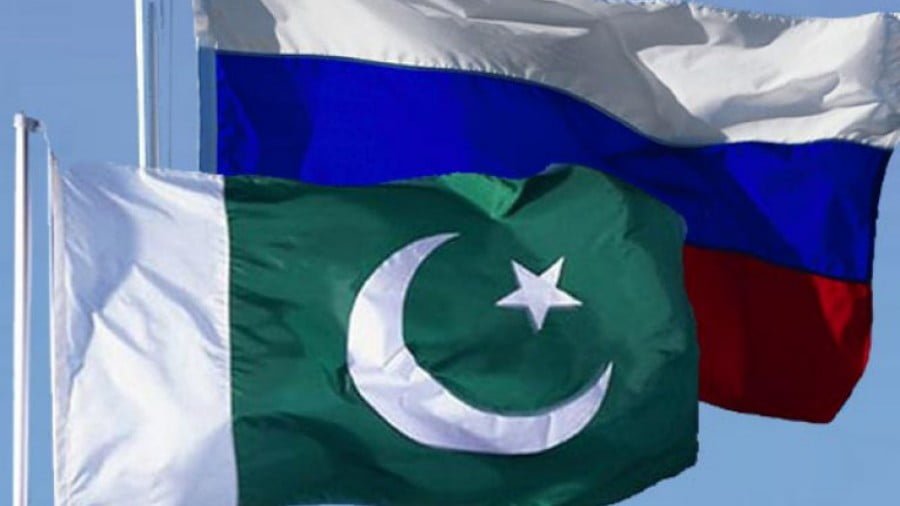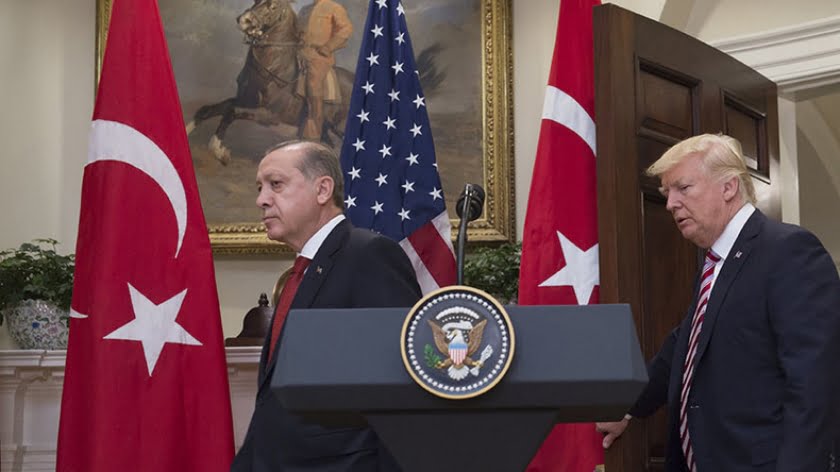Redrawing Maps: Is Saudi Arabia Next in Line?
Today, one fact that the entire world agrees upon is that the civil wars in Iraq and Syria have reached a point that necessitates the maps of these countries to be redrawn. Indeed, this is so relevant that every day, a new map lands on the front pages of newspapers. Most recently, the German newspaper Der Tagesspiegel published a map uniting the borders of Iraq and Syria and dividing it into three parts. Going a step further, it named these three countries as so-called Kurdistan, so-called Sunnistan, and so-called Shiastan. The region also includes two other candidates for division: Libya and Yemen. On the brink of separation, the two countries are struggling to survive. These prolonged civil wars have irreversibly brought people to the brink of division. In fact, it is high time to abandon such ambitions for maps. The map of the Middle East drawn by Gertrude Bell, Winston Churchill, Lawrence, Mark Sykes, General Edmund Allenby, Arthur James Balfour, Reginald Wingate and Harbert Samuel at the beginning of the 20th Century has brought nothing but conflict to the region for the last one hundred years. Obviously, however, people have yet to draw a lesson from this tragic mistake. Thousands of kilometers away from the region, everyone is busy drawing up arbitrary maps and devising plans to impose them. Meanwhile, millions of Middle Eastern Jews, Christians, Muslims, Arabs, Kurds, Assyrians, Maronites, Shiites, Wahhabis, and Sunnis do not wish to spend another century struggling with wars.
The map drawn by Robin Wright and published in The New York Times newspaper in 2013 revealed another imminent danger. According to this map, the Middle East’s biggest and wealthiest country, Saudi Arabia is to be divided into five parts. In this scenario, there would be a Hormuz Strait region, Eastern Arabia; in the Hejaz, Western Arabia; in a region near Yemen, Southern Arabia; and in the north, Northern Arabia is to be founded, while a Riyadh-centered Wahhabi Arabia is to be formed in the middle region of the country. It goes without saying that the intention of those who introduced this map to the global agenda, which is shaped after the geographical distribution of the pre-Saudi Kingdom tribes, is to break up Saudi Arabia.
Immediately after the introduction of the map, developments in this direction began to occur one after another. The civil war in Yemen, the country’s southern neighbor, escalated to a dire level, obliging a Saudi Arabian-led coalition to intervene. In Saudi Arabia, protests arose among the Shiites, who constitute 15% of the country’s total population, and a Shiite region located in the west of the country announced its desire to unite with Bahrain. In the wake of King Fahd’s death, an artificial atmosphere of crisis was created among his heirs. At this point, today Saudi Arabia finds itself besieged on all sides, just as Libya, Iraq, Syria and Egypt were before.
The 250-year history of Saudi Arabia is fraught with civil wars, political assassinations, and tribal conflicts of varying intensity. Since the 18th century, three kingdoms have been founded and destroyed; the currently existing Saudi Kingdom is the fourth one in the same region. The initial cause of these wars was Arabian tribes rejecting each other’s rule. Of course, England exploited this antagonism to their advantage.
The artificial borders drawn up at the Cairo Congress of 1921 were dictated to Saudi Arabia by means of military and economic coercion. Although Saudi Arabia was founded in 1932 under the guidance of Sultan Abdulaziz, the internal strife within the country has seen no end. Succeeding Abdulaziz as the king, his son Saud was dethroned by the family council after 10 years of rule: King Faisal, who succeeded him, was killed by his nephew. Although during the reigns of the succeeding kings Khalid, Fahd, and Abdullah, disputes within the royal family were calmed, many incidents such as the 1979 Siege of Mecca, the Gulf Wars, and the emergence of al-Qaeda have hampered the proper establishment of domestic peace in Arabia.
Robin Wright includes the strife between the royal family members among the current causes of Saudi Arabia’s potential separation. When King Abdullah was on his deathbed, there were many provocations concerning the succession to the throne that could have led to discord. A nondescript social media account named “Mujtahid” reported a good deal of provocative news stories with the aim of setting the two potential candidates to the throne against each other. However, common sense prevailed and Salman bin Abdulaziz inherited the throne in conformity with the kingdom’s succession laws.
Economic welfare, which is seen as another reason hindering Saudi Arabia’s unified integrity, has also long been used. Saudi Arabia has about $1.5 billion dollars worth of investments in the USA and England. With the recently enacted compensation law coming out of the US Congress, Saudi Arabia is now facing a significant risk with a volume of $7.5 billion dollars at stake.
The Shiite-Sunni conflict is yet another destabilizing factor endangering the Arabian Peninsula. The movement known as “British Shiism” by Khamenei is exhibiting an extremely hostile attitude towards Wahhabism, and in this way, is instigating Wahhabis against Shiites. Additionally, the execution of the Shiite leader of Arabia al-Nimr at the beginning of this year brought Iran and Saudi Arabia to the brink of war.
There have been many provocations during the Yemeni Civil War as well, which put Saudi Arabia in a difficult position before the global public. In September, 140 people died and 535 were injured in one of the bloodiest attacks in recent years. This attack, which targeted innocent women, children and the elderly who had gathered at a funeral service to offer condolences, was blamed on the Saudi government as well. The US media constantly reports news of how Saudi Arabia funds terrorist organizations. Terrorist bombs explode and tragedies occur during the hajj period in Medina. Similar incidents occurring one after another make the country look as if it is under heavy siege.
The recently crowned king, Salman bin Abdulaziz is aware of the danger and is in search of new allies. Saudi Arabia wishes to partake in the recent alliance formed by the initiatives of Putin and Erdoğan. The Crown Prince of Saudi Arabia, Muhammad bin Nayef, made his intentions clear by stating: “Turkey and Saudi Arabia are being targeted, so we need each other’s support.” Turkey, Saudi Arabia, and Russia attended the USA-Russia meeting held last week as allies.
For 200 years, the cartographers of the Middle East have intricately shaped the region in accordance with their plans. They imposed their own policies upon the region by holding sway over states, armies, clans, and political or religious leaders. Today, every state whose borders are in question is faced with a grave danger. No state or political leader can cope with this organized attack alone. Solid alliances built upon loyalty and trust are needed for the struggle against partition to be effective. Every state that has to wage an individual struggle will be an easy target. For that reason, “all ranks need to be closed urgently.” The only solution for the countries of the region lies in unity. The alliance between Turkey and Saudi Arabia will be the core of a heartfelt union that, before long, will gather other Muslim countries around it.
By Harun Yahya
Source: Katehon







